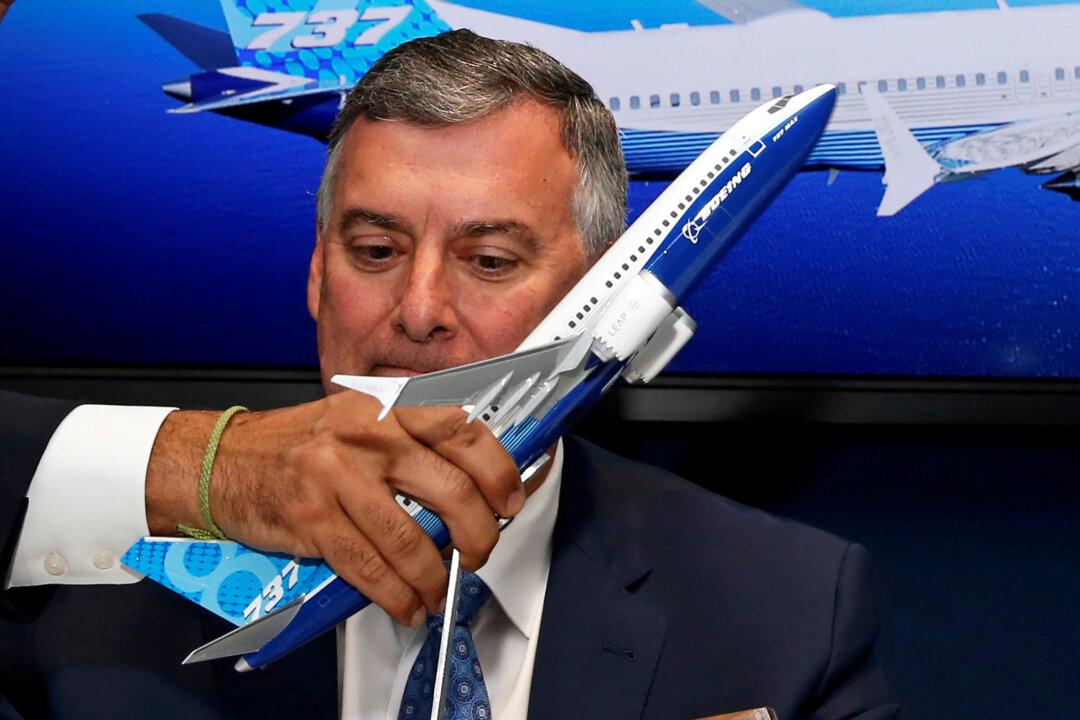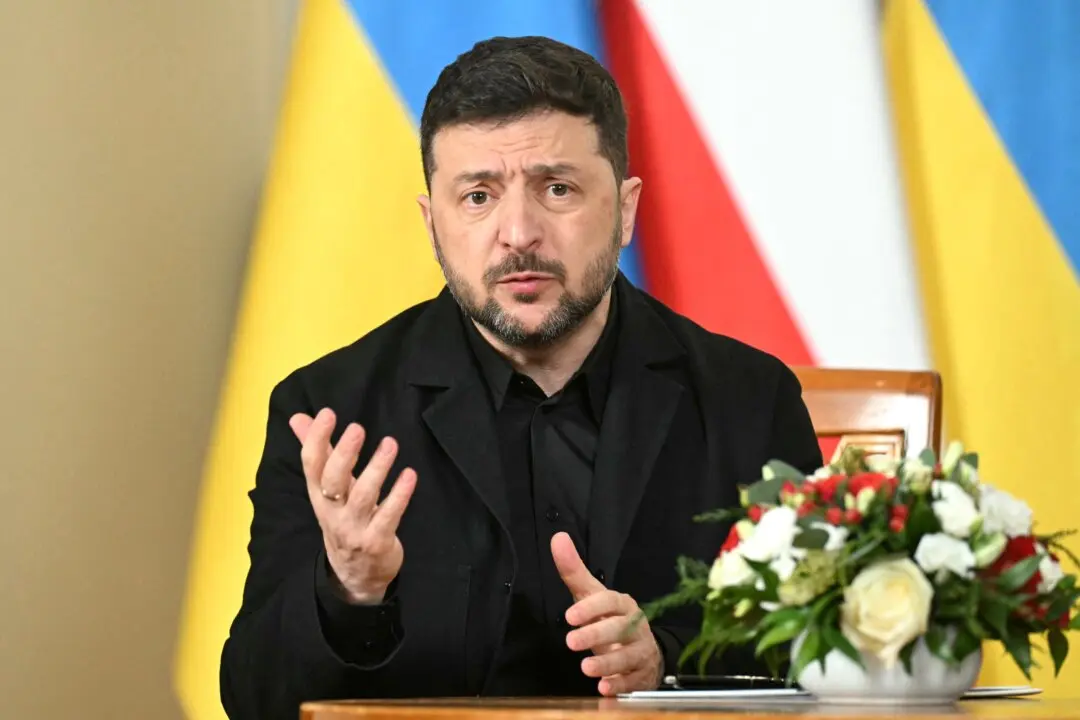WASHINGTON—Boeing Co. is making progress toward getting its 737 MAX aircraft in the air again, but the U.S. Federal Aviation Administration (FAA) will need at least several more weeks for review, FAA Administrator Steve Dickson said on Oct. 22.
Boeing and the FAA are grappling to contain a crisis in the wake of two deadly 737 MAX crashes that have left 346 people dead, forced airlines to ground more than 300 aircraft, and put on hold Boeing deliveries worth more than $500 billion.





